No one can deny the awe-inspiring sight that 540-million cubic metres of water plunging 180m into a narrow chasm creates. Nor the spray plume that is visible from about 20km away, drenching everyone that walks the nearby paths in light rain, or the myriads of rainbows that dance within its spray.
As the largest waterfall in the world, based on width (1.7km) and height (108m), and which combined creates the largest single sheet of flowing water during its peak, it is worthy of inclusion in the Seven Wonders of the World. Additionally, in 1989 the Victoria Falls (now known by its local name, Mosi oa Tunya) was inscribed as a UNESCO World Heritage Site – meaning it belongs to all the peoples of the world, irrespective of where they come from. And come, they certainly do!
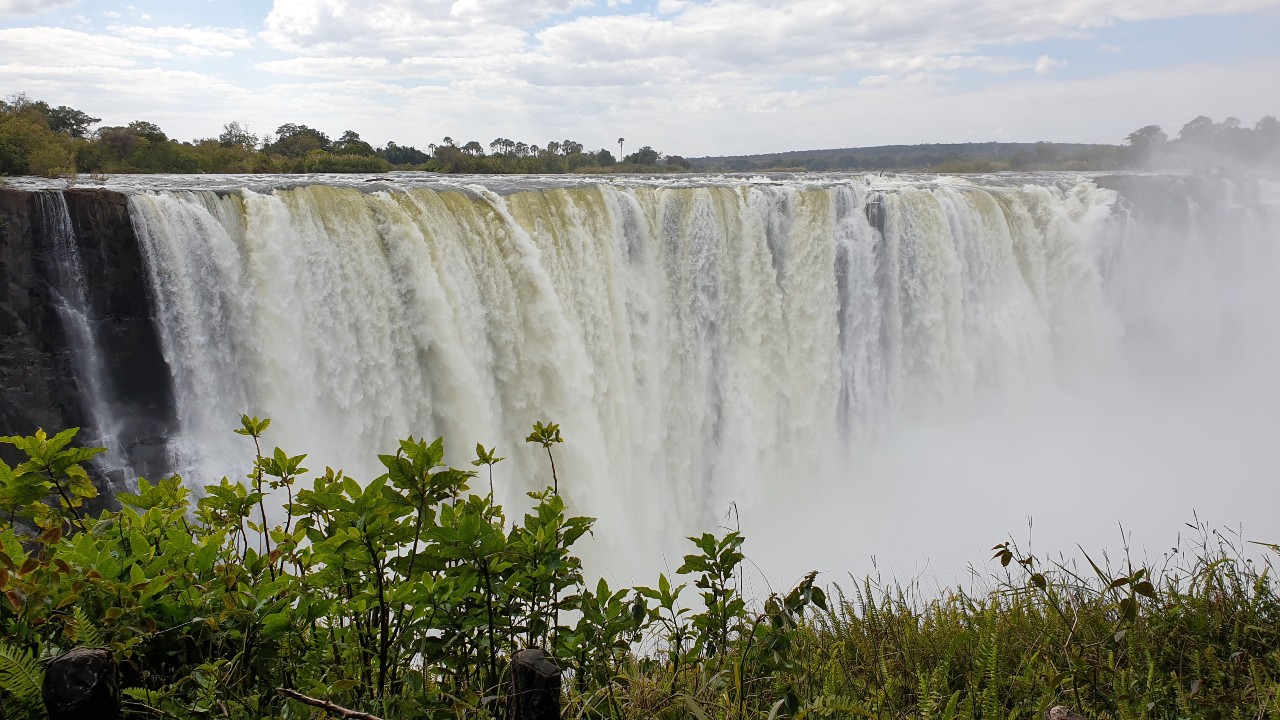
Here are a few of the ways visitors can experience the splendour of Mosi oa Tunya and the mighty Zambezi River from the picturesque city of Victoria Falls…
Get drenched in the spray:
There is nothing more exhilarating than getting drenched in the spray created as the mighty Zambezi plunges into the depths below – and you will be, whether you’re wearing a poncho or not. In the company of a local guide (you can do it on your own, but a guide makes the experience much richer) you walk the slippery trails through the verdant rainforest, where ferns grow with abandon under a canopy of rain. Gaze at the mighty Victoria Falls in awe, as each of the viewpoints reveals a different facet of this incredible World Heritage Site and appreciate the thunderous sound of Mosi oa Tunya. High water season is generally from about February to July and low-water season from August to January, but no matter what time of year you visit, the awe-inspiring Falls will be a highlight.
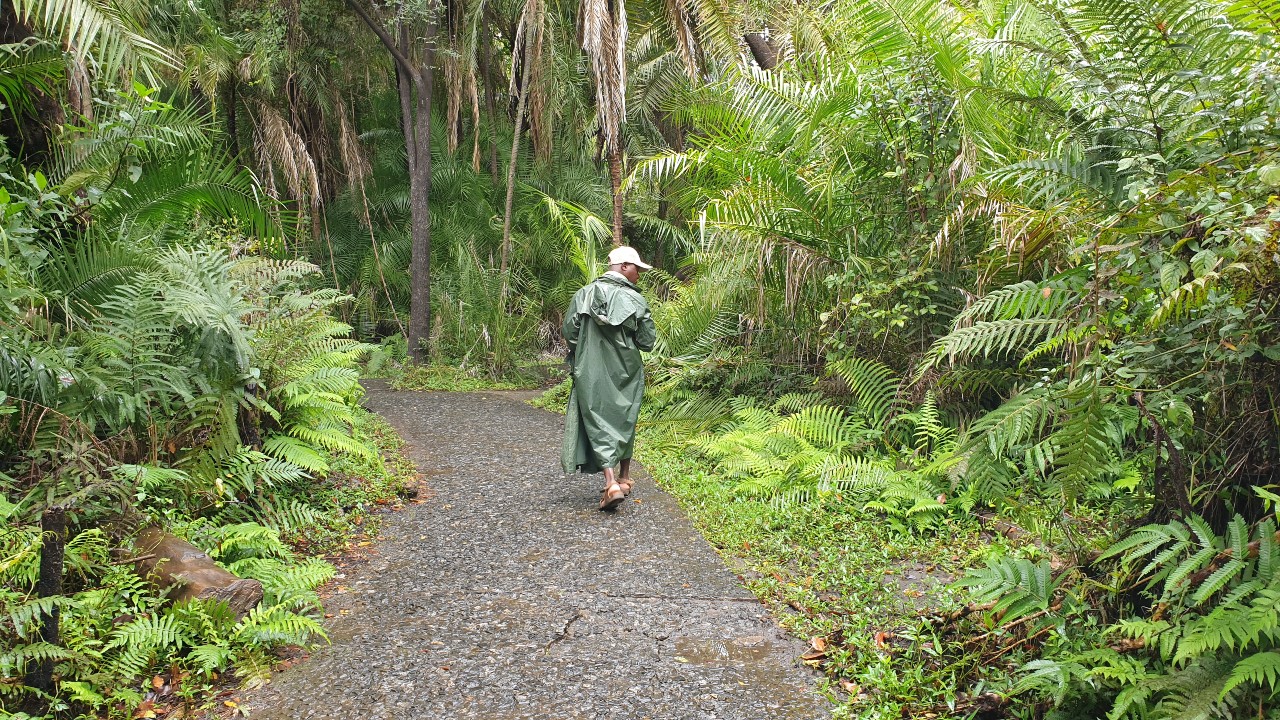
Take to the air:
There is no better way to get a perspective of the expanse of the Zambezi River being squeezed into a narrow chasm than from the air. The anticipation will be great as you climb aboard the helicopter for the aptly named ‘Flight of Angels’. As you lift off, you’ll get a greater sense of the magnitude of this incredible life-giving river; its islands, channels and the ‘smoke’ rising in the distance. The flight is in a figure-eight pattern, so that all occupants get the perfect view, and the extent of the awe-inspiring Victoria Falls and the Batoka Gorge beyond becomes evident. All too soon you’ll be back on terra firma – physically, that is, as this ‘must do’ experience will be a memory for a lifetime!

Leap off a bridge:
On a walk across the bridge to the Zambian side of the Zambezi River there is a large sign – one that invites what must surely be an adventurous, if not harrowing experience!! The Victoria Falls Bungee Jump – if you’re looking for a terrifying, challenging, and crazy experience, this is sure to fulfil. Besides being one of the most scenic bungees in the world, the 111-meter free-fall and four seconds of unadulterated adrenalin rush will leave your heart pumping and your knees quaking. The Victoria Falls Bridge links Zimbabwe to Zambia and is part of a rail network envisaged by Cecil John Rhodes as a link from the Cape to Cairo. Just remember that as it is located in no man’s land between the Zimbabwe and Zambia border you will need your passport.
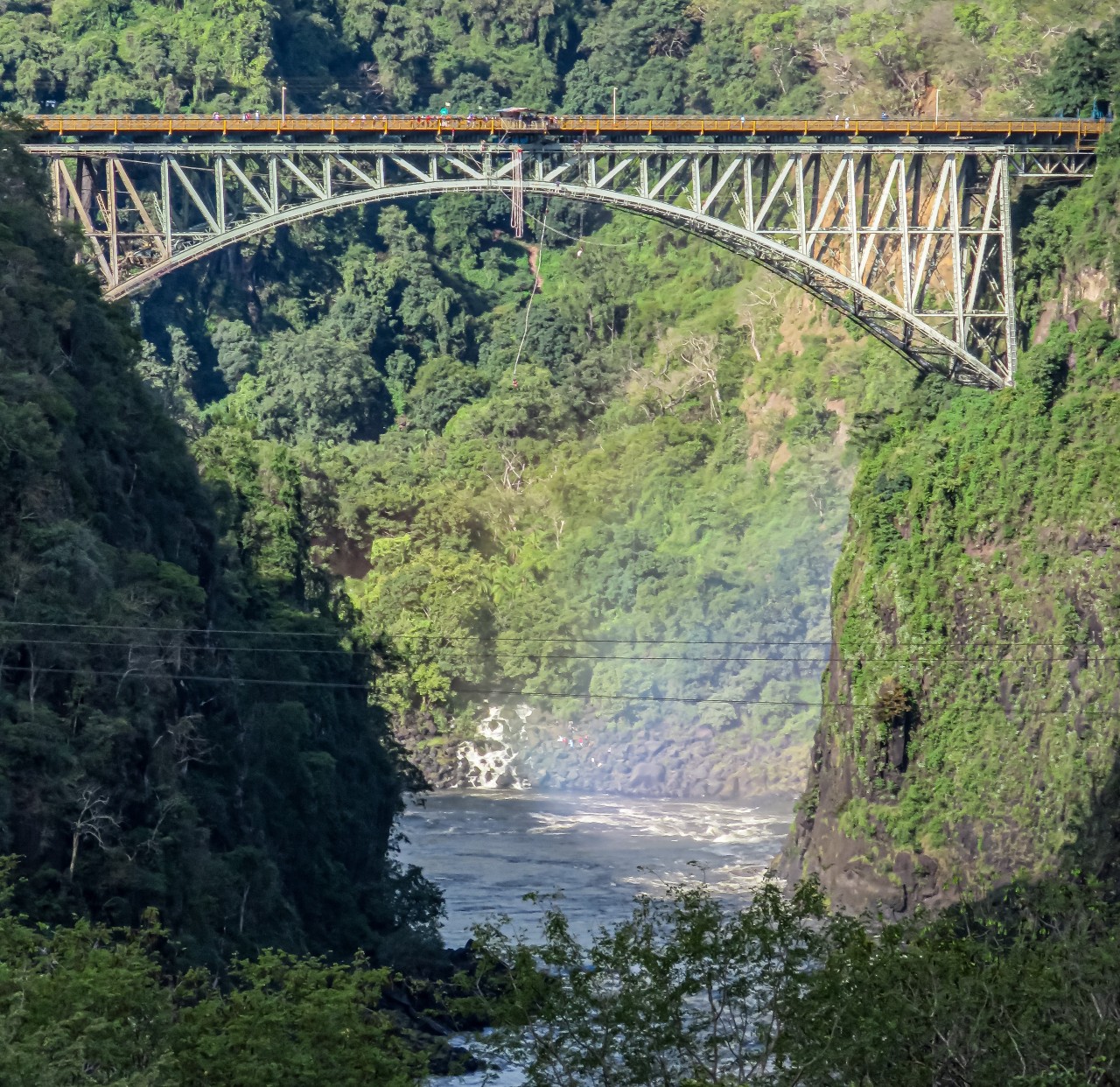
Swing over the Batoka Gorge:
If the idea of bungee jumping is way out of your comfort zone, but you still want an adrenalin rush, then the Wild Horizon’s Adventure activities over the Batoka Gorge are an option. Experience the adrenalin rush of the Zipline as you hurtle 425m across the gorge while suspended 120m above the churning Zambezi River. A slightly tamer option is the Gorge Swing which has you free-falling 70m before swinging over the gorge, and for an even tamer experience, the Flying Fox will have you flying horizontally through the air over the gorge.
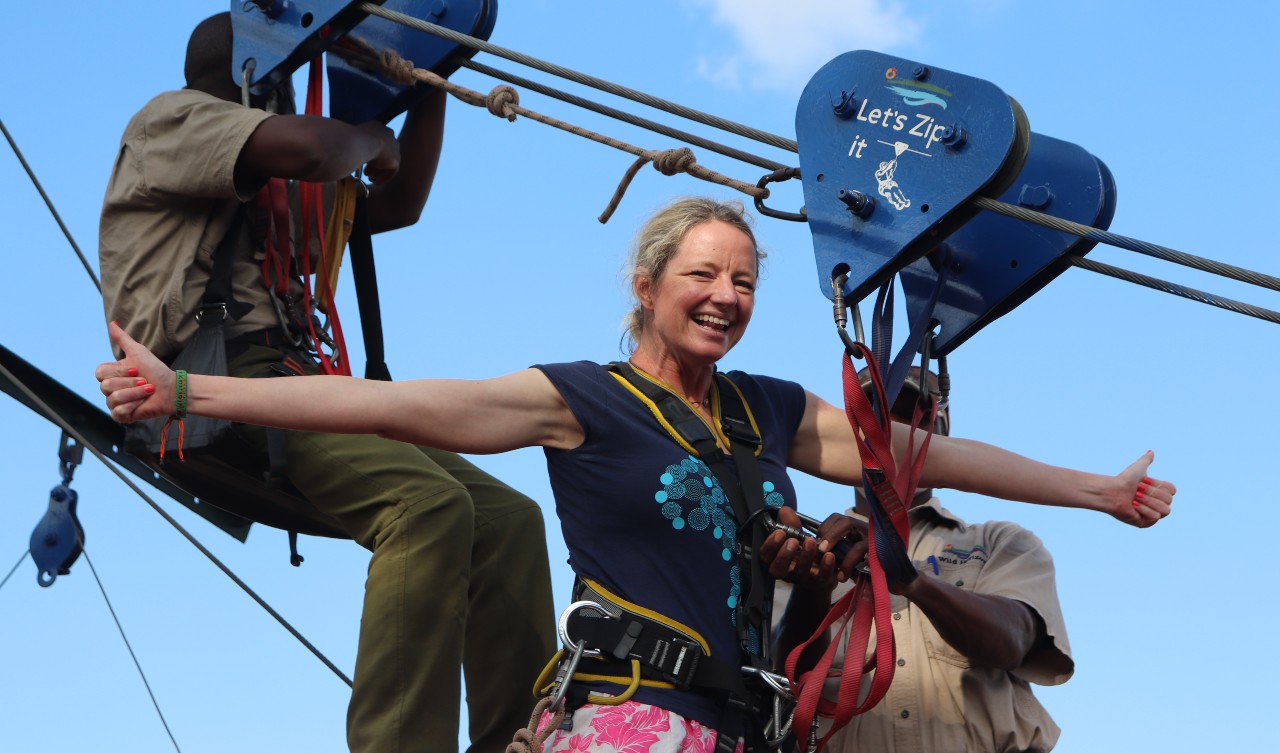
Raft the rapids:
The Batoka Gorge is considered one of the world’s premier white-water experiences and is said to have some of the most exciting and challenging rapids on the planet, with 23 navigable rapids during the low water season, and 13 in the high-water season. An experience that is not for the faint hearted or those averse to getting wet – you are guaranteed to get drenched, numerous times!

Cruise on the Zambezi River:
There are several options when it comes to cruising the Zambezi. Whether early morning to catch the sunrise, late afternoon for sundowners or at night on a dinner cruise, make sure you take some time out from all the adventures and relax on the water.
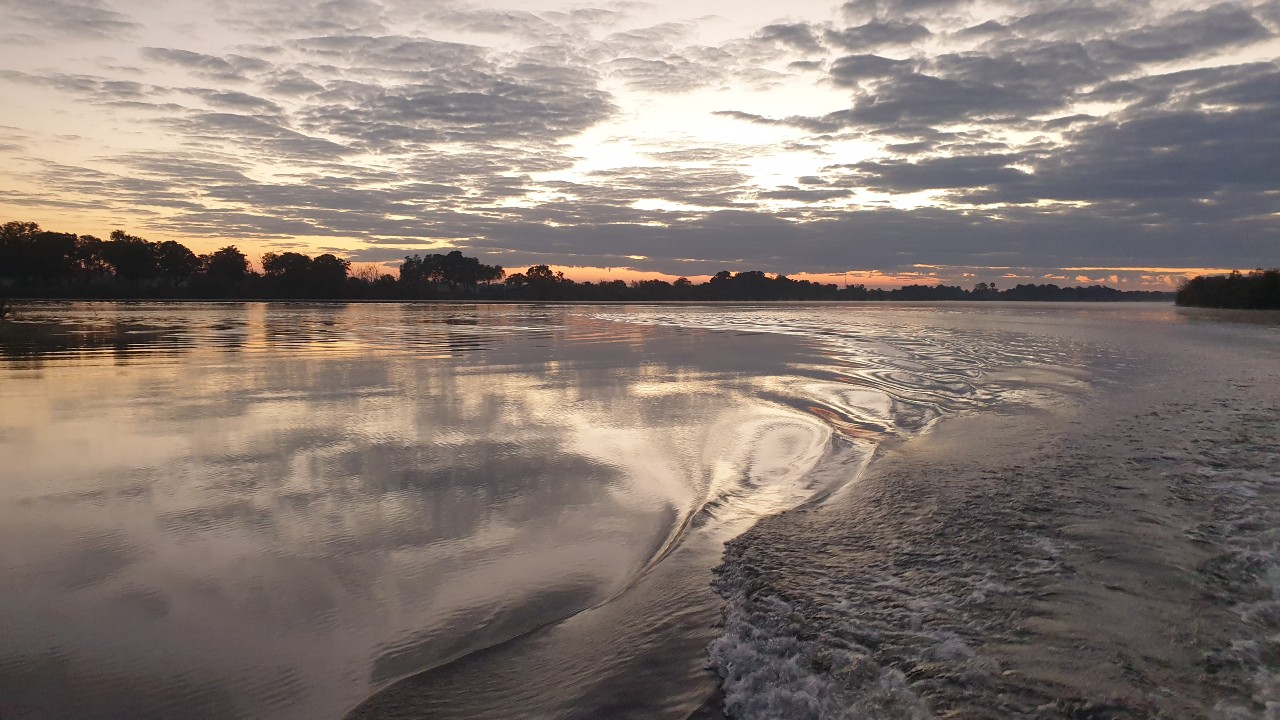
Be sure to head out early with a local guide, breathe in the fresh morning air as the mist hovers over the inky water and the sun inches its way over the horizon. The birdlife along the water is prolific – look out for grey-headed parrots flying overhead, white-fronted bee-eaters as they fly to-and-fro from their nest holes in steep riverbanks and, if you’re lucky, an elusive African finfoot as it scurries out of sight in the overhanging branches and undergrowth.
There is no better way to enjoy sundowners than from the upper deck of a luxury cruise boat. Watch vervet monkeys frolic in the riverine bush, male hippos jostle for superiority and to claim their turf, and crocodiles as they laze on the riverbanks soaking up the late afternoon sun – in addition to just sitting back and taking in the magnificent views – palm trees, lush vegetation and in the distance, the ‘smoke that thunders’.
Care for some fine cuisine with a difference? Then book a dinner cruise with one of several operators in the area. You’ll board just in time to for sundowners – enjoy local Zambezi Lager and G&Ts as the sun slowly drops towards the horizon. And to a soundtrack of cicadas, tree frogs and distant nightjars you’ll be served a delicious meal – possibilities include a selection of canapes, followed by Zambezi bream with salad, roasted potatoes and seasonal vegetables, finished off with the most delicious assiette of apples.

Explore the Zambezi National Park:
When in the region one cannot forgo spending time in the Zambezi National Park, a 56,000-hectare game reserve on the Zimbabwean side of the Zambezi River. The riverine bush alongside the Zambezi, with its distinctive ilala palms and giant sycamore figs, soon gives way to mopane woodland (Colophospermum mopane), Ana (Faiderbia albida, previously known as Acacia albida) as well as baobab trees (Adansonia digitata). In addition to game drives, a guided bush walk in this wildlife area offers more of an up-close and educational experience – such as learning about elephant dung, and how to identify different bones found lying around and what animal they came from as well as several interesting fauna and flora bush facts.
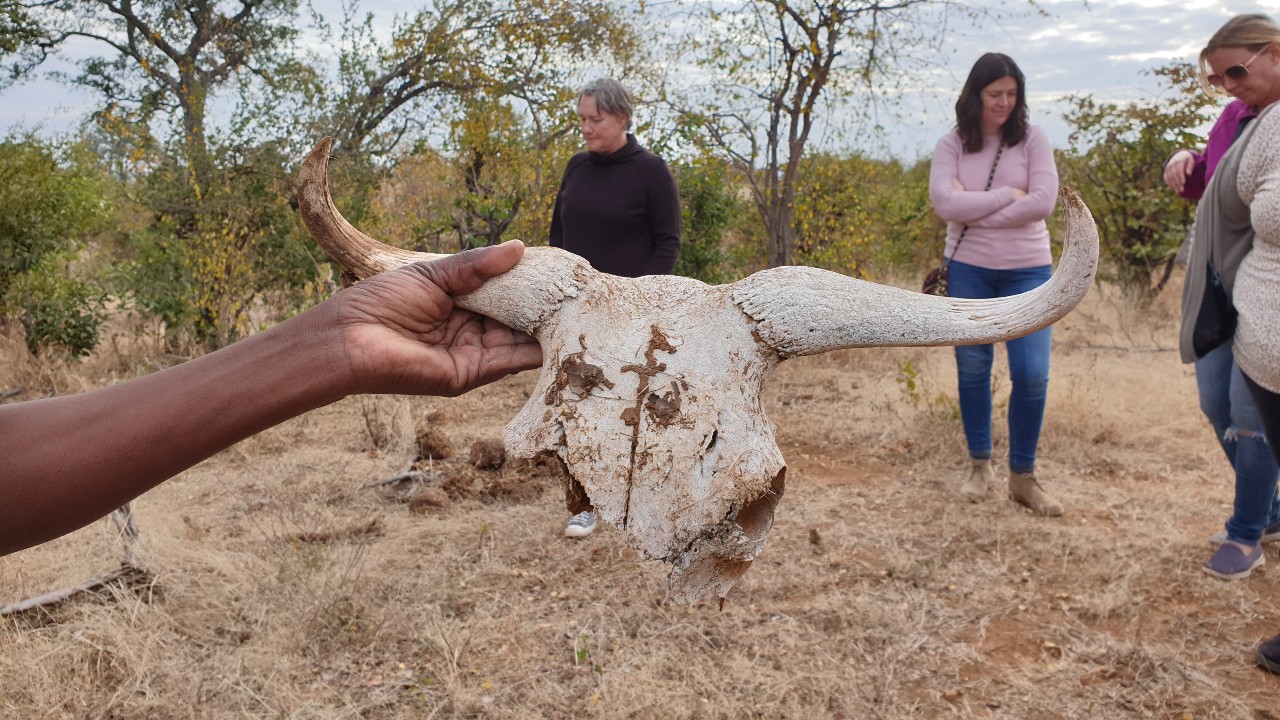
The park is home to a variety of larger mammal species including lion, elephant, buffalo, giraffe, zebra and several antelope species such as eland, kudu, waterbuck, impala and Zimbabwe’s national animal, the majestic sable.
Vulture Culture Conservation Experience:
The Vulture Culture Conservation Experience is located at the Victoria Falls Safari Lodge and is where you can witness the spectacular sight of hundreds of vultures swooping down to feed on leftover meat scraps and bones from local restaurants. In addition to the experience being entertaining, its main purpose is to create awareness about the plight of vultures and to enable their numbers to be monitored.

Vulture populations are under threat and their numbers are dwindling due to a variety of issues, from loss of habitat, poisoning, and poaching for the use of their body parts in traditional medicine, amongst others. It was fascinating to learn about these remarkable and endangered birds and watch as they squabbled for food. We spotted white headed vultures, hooded vultures, lappet faced vultures, white backed vultures, as well as marabou storks. Victoria Falls Safari Lodge works in collaboration with VulPro, a leading vulture conservation program based in South Africa, and the Victoria Falls Wildlife Trust.
The small city of Victoria Falls delivers in every way – nature, wildlife, adventure, luxury, and epic experiences. Go there, now.
Words – Tessa Buhrmann / Images – Tessa Buhrmann, Wikimedia

